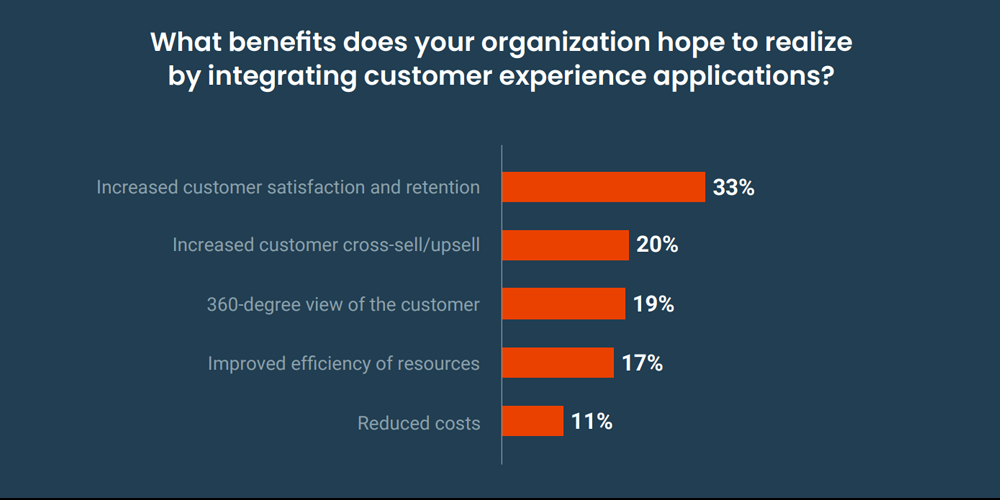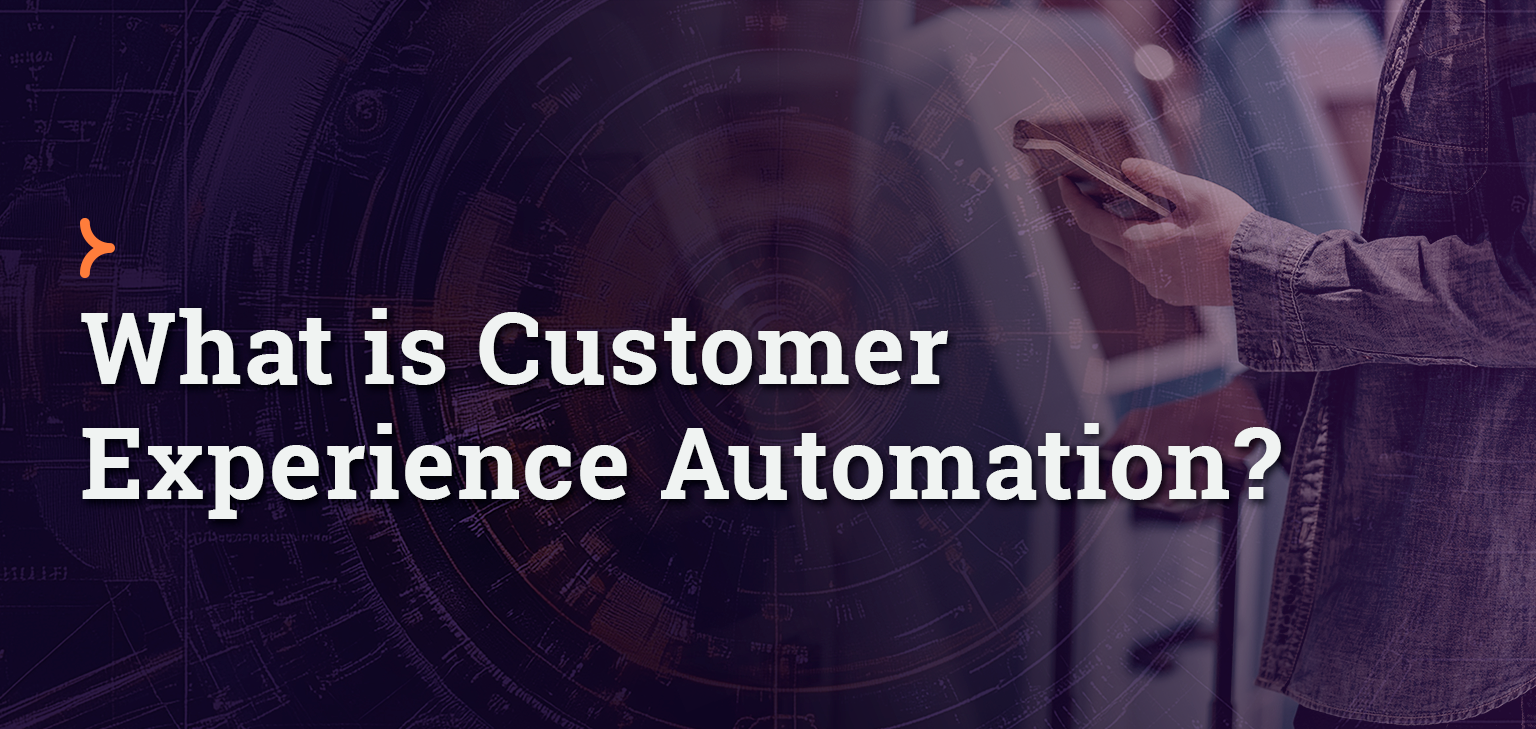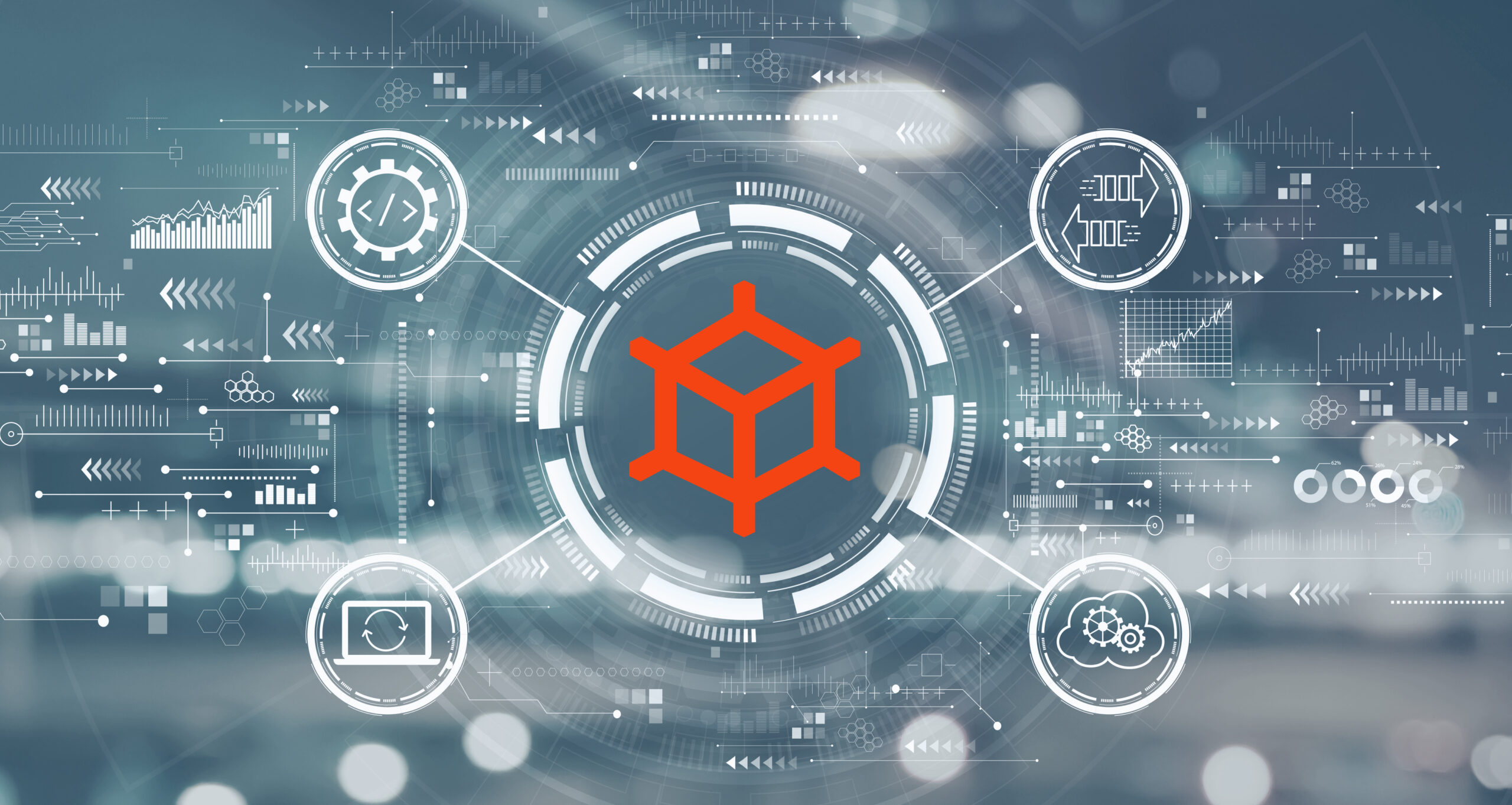With Gartner reporting that 81% of organizations compete based on customer experience alone, modern businesses looking to stand out and foster brand loyalty are tasked with not only meeting customer expectations, but exceeding them. To accomplish this at scale across multiple touchpoints, organizations must leverage automation.
Customer experience automation, or CXA, is the use of technology to carry out customer-related tasks — like providing support, managing feedback and creating personalized marketing campaigns — in order to improve both operational efficiency and customer satisfaction.
In this blog, we’ll dive into the current landscape of customer experience automation. As rapidly developing technologies like AI change the way businesses engage with customers, adopting the right customer experience automation platform can make it possible to create seamless, personalized interactions at scale.
Explore Jitterbit’s CX Automation Platform
How Customer Experience Automation Works
Customer experience automation spans a variety of technologies, so how it works really depends on what an organization wants to accomplish. Common tools used to automate customer experiences include:
- AI: AI leverages customer data, machine learning and natural language processing (NLP) to predict behavior, provide personalized recommendations and carry out human-like conversations with customers.
- Chatbots: Whether powered by AI or a conversational decision tree, chatbots can provide 24/7 customer support and field simple questions, leaving human customer support reps free to handle more complex conversations.
- Email Marketing Platforms: By sending personalized emails to customers based on their behavior (like making a purchase or leaving the site with items in their cart), email marketing platforms automatically deliver the right content at the right time.
- Integration: By connecting platforms — like CRMs, ecommerce software and marketing tools — customer data can be shared across systems to automate processes and provide a consistent experience at every touchpoint.
Further Reading: How Workflow Automation Enhances the Customer Experience
Customer Experience Automation Benefits
A reported 73% of consumers now cite customer experience as a deciding factor in their purchasing decisions, and 74% say they’re likely to make a purchase based on positive CX alone. Enhancing CX doesn’t just benefit customers, either: Businesses that take steps to create more connected customer experiences also see employee engagement improve by an average of 20%, and customer service teams save up to 33% on costs.
In Jitterbit’s State of Automation report, marketing directors and business leaders identified the top benefits they hope to achieve with CX automation:

- Increased customer satisfaction and retention: Given the critical role that customer satisfaction plays in shaping brand loyalty, it’s no surprise that 33% of respondents cited it as the top benefit they hope to achieve through CX automation. Fast, efficient and personalized interactions keep customers coming back, and automation allows businesses to provide these experiences consistently and at scale.
- Increased customer cross-sell/upsell: Beyond retention, businesses also want to maximize customer lifetime value. By leveraging AI-driven recommendations and behavioral insights, CX automation presents relevant upsell and cross-sell opportunities to customers, increasing revenue without adding manual work.
- 360-degree view of the customer: By integrating and automating data flows between CX systems — such as CRM, ecommerce, customer support, and marketing — businesses can eliminate silos and create a unified customer profile, allowing for more personalized and effective engagement.
- Improved efficiency of resources: By automating repetitive tasks like scheduling and order processing, companies can free up employees for higher-value work, not only improving efficiency, but also reducing workload strain and enhancing employee satisfaction.
- Reduced costs: Customer experience automation tools, like AI-powered self-service and chatbots, reduce the need for large support teams while maintaining service quality.
Customer Experience Automation Use Cases
Marketing
Marketing isn’t just about pushing promotions: it’s an essential part of the customer experience. Whether you’re reaching out to new customers or nurturing existing customer relationships, your marketing efforts should strive to enhance the journey, not interrupt it.
Personalized email campaigns and dynamic ads that reflect a customer’s unique preferences are just a few ways automation can make marketing feel less intrusive and more relevant. Internally, marketing teams can work more efficiently by using automation to schedule social posts and segment customer data.
Learn more about marketing automation with Jitterbit
Sales and Order Management
AI-driven product recommendations and automated invoicing tools can be used to optimize sales workflows — resulting in faster, more accurate and more personalized transactions.
CX Automation Case Study: For smart waste and recycling leader Bigbelly, a lack of connectivity across sales, invoicing and order fulfillment functions limited visibility into business operations, including interactions with customers. By integrating its business-critical systems — including its NetSuite and Salesforce platforms — the company was able to automate customer data flows and deliver a better sales experience.
H3: Billing and Payments
Online billing platforms, automated invoicing systems and self-service account management portals make it easier for users to handle payments. This not only improves the customer experience, but also helps to reduce administrative workloads.
CX Automation Case Study: By integrating its legacy infrastructure with a user-friendly online platform, LA Metro, Los Angeles County’s transportation planning agency, was able to automate account management and payment processes for its Transit Access Pass (TAP) smart card program. This resulted in enhanced customer convenience and a streamlined billing experience for over 1.5 million TAP card users.
Fulfillment and Logistics
Automated fulfillment and logistics tools help businesses streamline operations while giving customers more control over their deliveries. Dynamic delivery routing optimizes routes in real time, reducing delays and improving efficiency. Self-service apps let customers check their delivery status or update their preferences without needing to contact support. Meanwhile, automated order tracking systems ensure transparency, keeping both businesses and customers informed every step of the way.
Customer Support
Automation enhances customer support by making interactions faster and more efficient. AI-powered chatbots handle common inquiries 24/7, freeing up human agents for more complex issues. Automated feedback collection and analysis provide businesses with valuable insights to improve service quality. AI-driven language translation tools break down communication barriers, while automated ticket routing ensures that customer issues reach the right department without unnecessary delays.
The Future of CXA: Emerging Trends & Technologies
Giving customers a top-notch experience is the best thing you can do for your company. But many companies are still struggling to prioritize — and strategize — improving CX. As customer expectations rise and digital ecosystems expand, businesses will need to embrace new technologies and trends to stay ahead.
1. Integration
When it comes to the top challenges preventing organizations from improving CX, 63% of respondents in Jitterbit’s State of Automation report identified the growing application landscape as their greatest obstacle. Two-thirds of respondents also found application integration was either an extremely or very challenging hindrance to delivering an optimal customer experience.
Overcoming these challenges will require businesses to reduce their reliance on manual or legacy point-to-point integrations. By shifting toward future-friendly, cloud-based integration solutions, transformation-ready businesses will enable seamless data flow across systems, real-time customer insights and frictionless customer experiences at every touchpoint.
2. Artificial Intelligence (AI)
From AI-powered chatbots that allow businesses to provide instant, 24/7 support, to AI-powered analytics that provide deeper insight into customer behavior, AI has rapidly revolutionized customer experience management.
At Jitterbit, we are focused on developing new ways to effectively leverage AI for automation in customer experience and beyond. Check out our 2025 AI & Automation Predictions to learn more about AI trends impacting workflow automation.
3. Hyper-Personalization
In today’s hyper-competitive marketplace, simple personalizations like adding a customer’s name in an email aren’t enough to make an impact. To stand out, brands have to embrace hyper-personalization, leveraging AI to analyze customer behavior, preferences and past interactions so that customers can automatically receive relevant offers, ads or recommendations based on real-time data.
Amazon’s “Frequently Bought Together” recommendations are a great example of this. Similarly, Spotify uses AI to curate playlists based on users’ listening habits. No matter the method, the goals of hyper-personalization are the same: to keep customers engaged, and to keep them coming back.
While the technology powering customer experience automation has evolved rapidly in recent years and will continue to become more advanced, it’s crucial not to lose sight of what truly matters — delivering genuinely helpful, human-centered service. Even the world’s most sophisticated tech or intelligent AI won’t make a difference if the experience feels impersonal or disconnected from what customers actually need.
Automate Customer Experiences with Jitterbit’s Low-Code Platform
Creating better customer experiences through automation starts by analyzing the systems and applications used to interact with customers and store their data. Without seamless processes to gather and unify that data, building the experiences customers demand can be difficult and resource-intensive.
By leveraging an integration solution that connects systems and automates customer workflows, businesses can streamline and accelerate customer-facing processes, unify customer data and create actionable insights. Harmony, Jitterbit’s low-code, AI-infused platform, does all of this and more by combining iPaaS, API management and app development tools into one unified ecosystem.
Schedule a demo of the Harmony platform to learn how Jitterbit can help you automate and enhance everything from customer experiences to backend operations.



